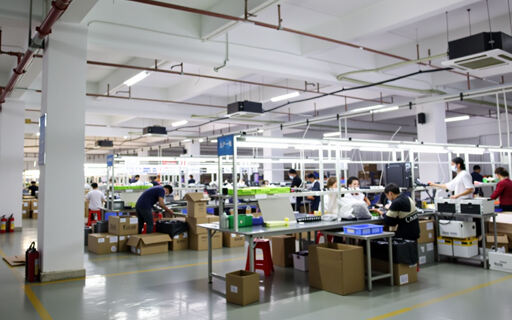popular primary charge roller
The primary charge roller (PCR) is a crucial component in modern laser printing and photocopying systems, serving as the foundation for high-quality image reproduction. This essential device uniformly charges the photosensitive drum surface, creating the electrostatic foundation necessary for toner transfer. Operating through direct contact with the photosensitive drum, the PCR applies a consistent negative charge across the drum's surface using a specialized conductive rubber compound. Modern PCRs feature advanced materials technology, incorporating carbon black and other conductive materials to ensure optimal charge distribution. The roller's surface typically measures between 12-16mm in diameter, precisely engineered to maintain uniform contact pressure along the drum's length. In operation, the PCR rotates synchronously with the photosensitive drum while applying a controlled DC voltage, typically ranging from -600V to -1500V, supplemented by an AC voltage to ensure charge uniformity. This sophisticated charging mechanism significantly reduces ozone generation compared to traditional corona charging methods, making it more environmentally friendly. The PCR's design also includes self-cleaning features to prevent toner accumulation and maintain consistent performance throughout its operational life. Applications extend beyond standard office printers to industrial printing systems, digital production presses, and specialized document processing equipment.


